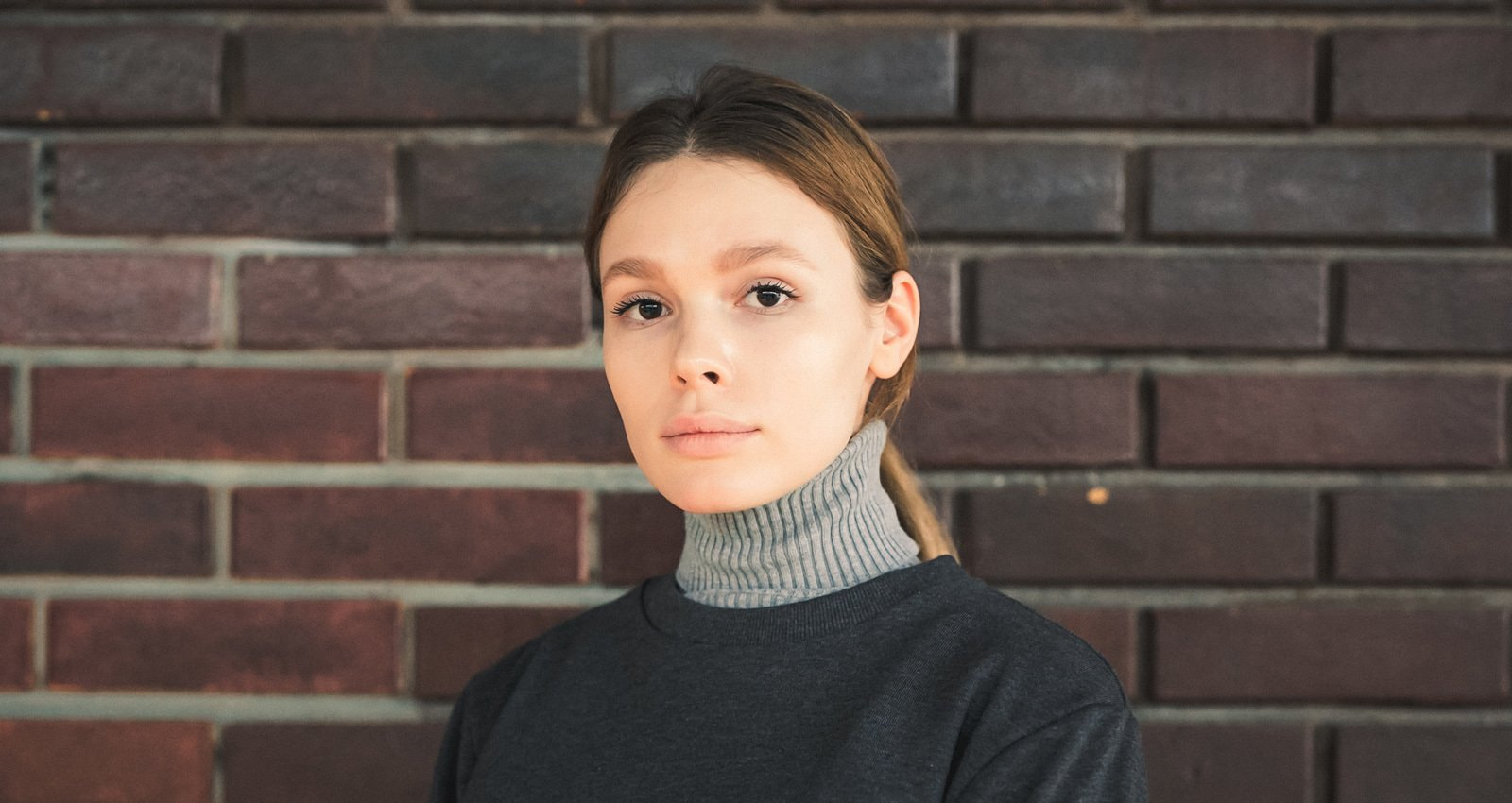Alina Ponomarenko’s Diary
Alina Ponomarenko (b. 1995, Zvenigorod)
I studied at the British Higher School of Design where my fascination with art, especially painting, began. But soon after falling for oils and canvases I realized that they are not enough for interpreting all my ideas and emotions, and found a way out of it via writing my own texts, both poetry and prose. People are an important source of inspiration for me.
Day one: exhibition opening for patrons, partners, and GARAGE cardholders.
The project Bureau des transmissions was a place where people came to have some fun, throw ribbons, or discuss an interesting topic suggested by the mugs (the participatory project Ladder Café by the microsillons collective). I can say the day was hard, either because of the new experience, or due to the intense mode of conversations.
A man was talking about feminism and the spirit of America, which was very interesting. Another one, with the Asian type of appearance and who spoke English, discussed art and politics with me.
That evening I realized how much energy people can take from you via an ordinary conversation. But they give so much information and emotions in return leading to oversaturation anyway that it takes several days to recover.
Following two days of discoveries, I realized that I was tired. Although one would wonder why, after just a few days and not so many visitors.
I can say that I fully immersed into work only on March 18, i.e. during my fifth shift. I began understanding more or less what’s going on there. It was then that I realized that such an intense exhibition project is useful primarily intellectually, and the profession of a moderator is not that easy at all. I also started reading Nina Simon’s book The Participatory Museum, which helped to form an internal understanding of what I am doing in this museum and at this particular show, and what I can contribute while working in this space to make the Museum “better”. I was looking at people trying to understand what they wanted, why they came here. I realized that most of the visitors are very shy because they don’t understand what’ going on and what they’re supposed or allowed to do here in this space.
As soon as I was getting more and more involved in the process, it became easier for me to talk to people.
I remember two girls around 15–16-years-old who took photographs of themselves like grownups—using a big camera with a large lens, posing and pretending that nothing interested them except each other and the process of posing. But then I caught the eye of one of them and quickly pointed toward the tower upstairs saying that it’s cool there. Her eyes grew wider with a child’s delight, and she smiled. The girl seized her friend by the hand, and they went on to spend half an hour in the tower. Taking photos. Then they descended and me and my colleague “seduced” them to make dolls using yarn. It took us around an hour, and it was a great experience of working with teenagers who look so independent while being very young at the same time, so willing to tie bows on the dolls made of thread and choose the color of their arms or hair with serious faces.
I enjoy being in the Museum because it allows me to get to know very different people which I consider a way to realize myself.
And I can say that talking to someone for even a minute helps to understand really a lot. Depending on the way the person looks at things to what they say, it is even possible to guess what their occupation might be! Another advantage of this work is that it improves my observation skills and intuition. Yes, I’m talking about myself again and would like to share the impression that working as a moderator in a museum is a magical thing, because the better you understand who comes to you the better you can interact with them and pull information about the museum, the show, and generally about art more effectively out of them.
Once I had a visitor who was quite critical about the project. I was unable to persuade him in the opposite, so he left. It made me think that people actually come to a museum to get very diverse emotions and with very different goals. While some wish to hang out and just sit and relax, others look for self-representation, and there may even be those who want to experience negative emotions. I am sure everything I realized during those days will be helpful for the work of the Museum, for its future projects. I mean, I not only improve myself doing this job—but make the life of the Museum better too. And it inspires me for further development!
